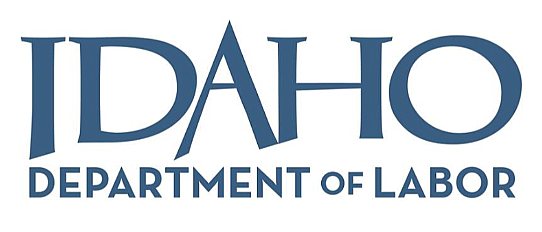Birth rates, in-migration paint fuzzy picture
The population in Kootenai County is booming, along with Ada County and others, but not in every demographic. Birth rates in the same areas are down.
That paints a complex picture for local school districts and labor markets trying to predict the future, economist Lisa Grigg said Tuesday in a webinar hosted by the Idaho Department of Labor.
Idaho’s population has grown 8.5% since 2019, with in-migration cited as a major driver.
“Huge migration growth is coming in, but very little of it is made up of people under 18,” Grigg said. “I think it’s a shock. It even shocked me. Only 10% of Idaho’s population growth was actually under 18. We think of families coming in.”
And families are coming in, but not at the rate that they’re enrolling in schools. Since COVID-19, for the first time in nearly a decade, K-12 school enrollment rates are dipping or staying flat.
That can be because more children are enrolling in private schools or being homeschooled, but there’s no way to track that data through the Department of Labor.
Projections in the school districts foresaw enrollment picking up due to population increases, but those numbers either dipped or stayed the same. Enrollment at the Lakeland Joint School District stayed flat this year, for example, in a surprise to administrators.
In Idaho, the population has increased by 57% since 1997, but births have only accounted for 22% of that.
These numbers are perplexing for Grigg, and at times a little concerning.
The birth rate in the Panhandle dropped by 17% between 2009 and 2022 and will likely provide huge challenges for businesses with shortages in the labor market, Grigg said.
“If births don’t pick up in a generation or two, the labor market may contract in the future,” she said. “Without in-migration the population would be going down in Idaho. With birth rates falling the way they are, we would be seeing significant declines.”
As retirees come to the state at a disproportionate rate, business owners will feel those constraints in the labor market, too, Grigg said.
Nationally, school enrollment is continuing to increase slightly, but at about half the rate of the population increase of 2.5%.
Population growth is down due to the declining birth rates nationally and globally.
“In the U.S, between 1999 and 2022, the highest birth rates were from 2007 to 2008, followed by a sharp decline and a general drop,” Grigg said. “I don’t think it would be fair to say that this birth rate is sustainable.”
The birthrate in the Coeur d’Alene region dropped by 17% from 2007 to 2021, and the birthrate dropped by 30% in eastern Idaho.
“This is a global phenomenon,” Grigg said. “China has gone from a one-child rule to a three-child rule, and people still aren’t having kids.”
The low birth rates aren’t fully understood, as there are enumerable factors.
“We have cultural aspects in play of people choosing not to have babies,” Grigg said.
The state departments use this data to try to plan for the future and counter the impacts of the population declines.
Idaho LAUNCH was designed to keep Idaho students in the state, Grigg said.
Another interesting factor is that there are more women in the workforce than ever, which could be a good thing.
“The demographics look like we could be headed for trouble,” Grigg said. “But we may not be.”

